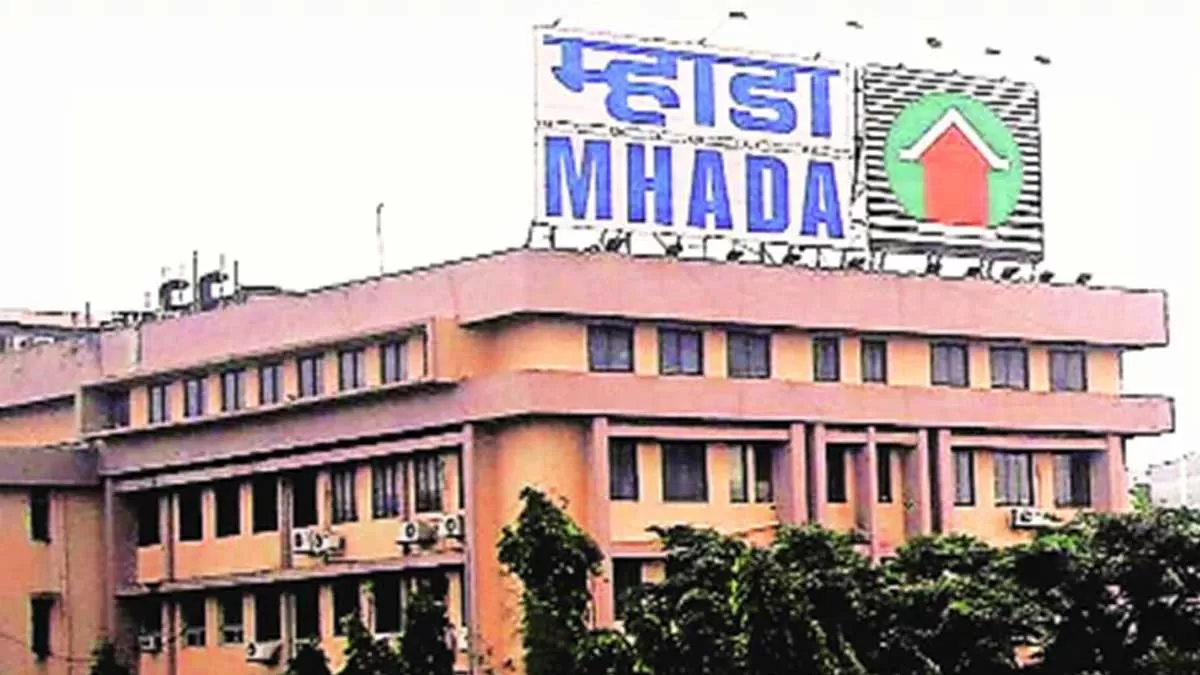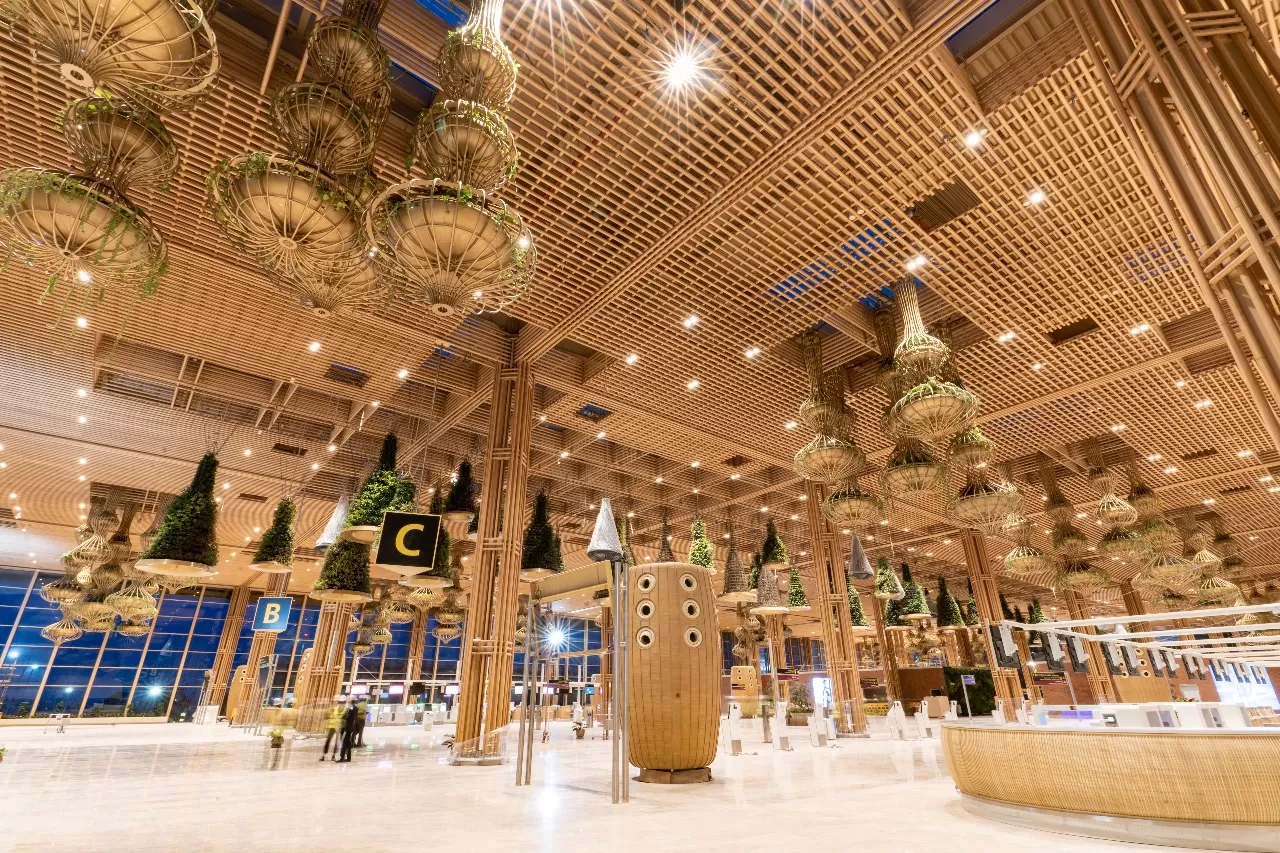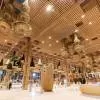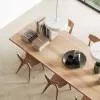Fibre cement based wood alternate is an emerging material in the Indian construction industry.
Harsh Bhutani, Managing Director, Hydrobaths Ramco Marketing, elaborates on the technique and benefits of this innovative material.
Fibre cement based wood alternate has been used in the international market for over 20 years now. However, recently adopted in India, this can be utilised as a construction material across diverse applications like external claddings of structures, in creating gardens, pool decks and can also be used in landscapes. Harsh Bhutani, Managing Director, Hydrobaths Ramco Marketing, elaborates on the distinct features that compelled him to introduce this material in India in conversation with AHLAM RAIS.
Examining the facts
A tremendous amount of research was done prior to the entry of fibre cement based wood alternate in the Indian market. We spent about one and a half years for the initial review of this material and also involved architects, designers and developers to understand the relevance of this material in the Indian market.
Manufacturing process
A material comprising fibre cement can be differentiated from an average one depending on the grade of cellulose and cement utilised. The basic fibre cement sheet is made out of three basic raw materials - high quality cement, silica and cellulose. The most important aspect of this material is the quality of cement and cellulose used in the manufacturing process. In order to manufacture high grade fibre cement, a green cellulose fibre is used, which is generally imported from either Finland or New Zealand. The technique to make a fibre cement sheet cheaper is to use more cement and silica; high quality cellulose is used to make it more expensive. While manufacturing fibre cement based wood alternate, all the raw materials such as cellulose, fibre cement, etc, are mixed and put into a high pressure mould which is then cooked under a process called 'autoclaving'. This process can be related to the concept of cooking in a pressure cooker. Under the autoclaving technique, the material attains strong properties and becomes stiff, hard and unbreakable. Once the material is taken out of this process, the material is dried, cut and packed.
Diverse applications
Wood is considered as a trend in the design circle these days and is widely used for building external façades. Fibre cement based wood alternate serves as an excellent alternate to wood and can be used for the external cladding of a building, creating garden decks or constructing pool decks, building gates and ceilings. It can also be used in landscapes for creating benches and pergolas. It also acts as a good fencing material and proves beneficial for screen walls, which are partially opaque. There are several residential and hospitality projects where this material has been utilised. Players such as Della Tecnica, Navneet Publications, Wani Developers and BPTP have already explored this material by using it in floorings for swimming pool decks, landscape decks, etc.
Considering the benefits of this material, we are promoting it in a few upcoming residential projects as well and are also in discussions with hotel groups such as Accor, Hyatt and the Hilton.
Green connection
By using this excellent substitute of natural wood, one can reduce the intake of wood to a great extent. The material is stronger than wood and can be stained or polished in various different colours and textures just like natural wood. It is versatile in the sense that the final product can be completed in multiple ways as per the requirements. After installing and painting the material, it looks like natural wood, but at the same time is freed from the weaknesses of natural wood. The material is waterproof, termite proof, fire proof and also has good sound insulation properties. Technically, this material has much better advantages and is quite cost effective as compared to natural wood. The life of this material is around 100 years, similar to the life of a cement product, cement building or a concrete building.
Price factor
Fibre cement based wood alternate is available in the Indian market at a price range from about Rs 45-50 per sq ft and moves upwards to about Rs 200-250 per sq ft. However, the price varies as per the thickness, which ranges from 6 mm-25 mm.
In vogue
Although fibre cement based wood alternate is a new material for the Indian market, it is beginning to grab eyeballs as designers, architects and developers are now looking to use this material for their projects. It proves beneficial as the material is technically better and economically cheaper as compared to natural wood. The demand for this material is increasing, and since it is a new material for India, the awareness is also increasing.
Jimmy Mistry, Chairman & Managing Director, Della Tecnica Group, shares his experience on this unique material.
"We have been using fibre cement based wood alternate for dry wall claddings in most of our office interior projects. The material has numerous advantages - it is fire proof, the acoustic properties are better and it is also a good substitute to wood. I enjoyed working with this material as it also scores points over gypsum, which is also used for similar applications. In terms of cost, this material is 5 per cent cheaper than gypsum."

















